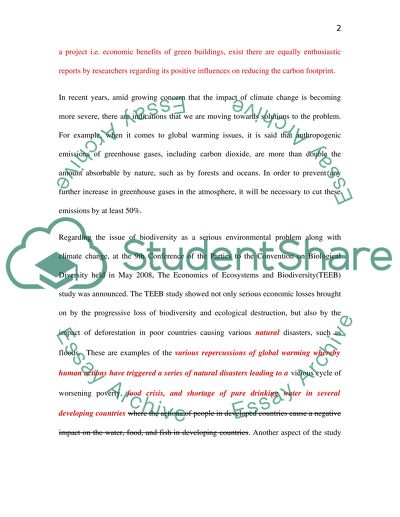Cite this document
(“Climate Change and Green Buildings Essay Example | Topics and Well Written Essays - 2000 words”, n.d.)
Retrieved from https://studentshare.org/family-consumer-science/1417390-climate-change-and-green-buildings
Retrieved from https://studentshare.org/family-consumer-science/1417390-climate-change-and-green-buildings
(Climate Change and Green Buildings Essay Example | Topics and Well Written Essays - 2000 Words)
https://studentshare.org/family-consumer-science/1417390-climate-change-and-green-buildings.
https://studentshare.org/family-consumer-science/1417390-climate-change-and-green-buildings.
“Climate Change and Green Buildings Essay Example | Topics and Well Written Essays - 2000 Words”, n.d. https://studentshare.org/family-consumer-science/1417390-climate-change-and-green-buildings.


